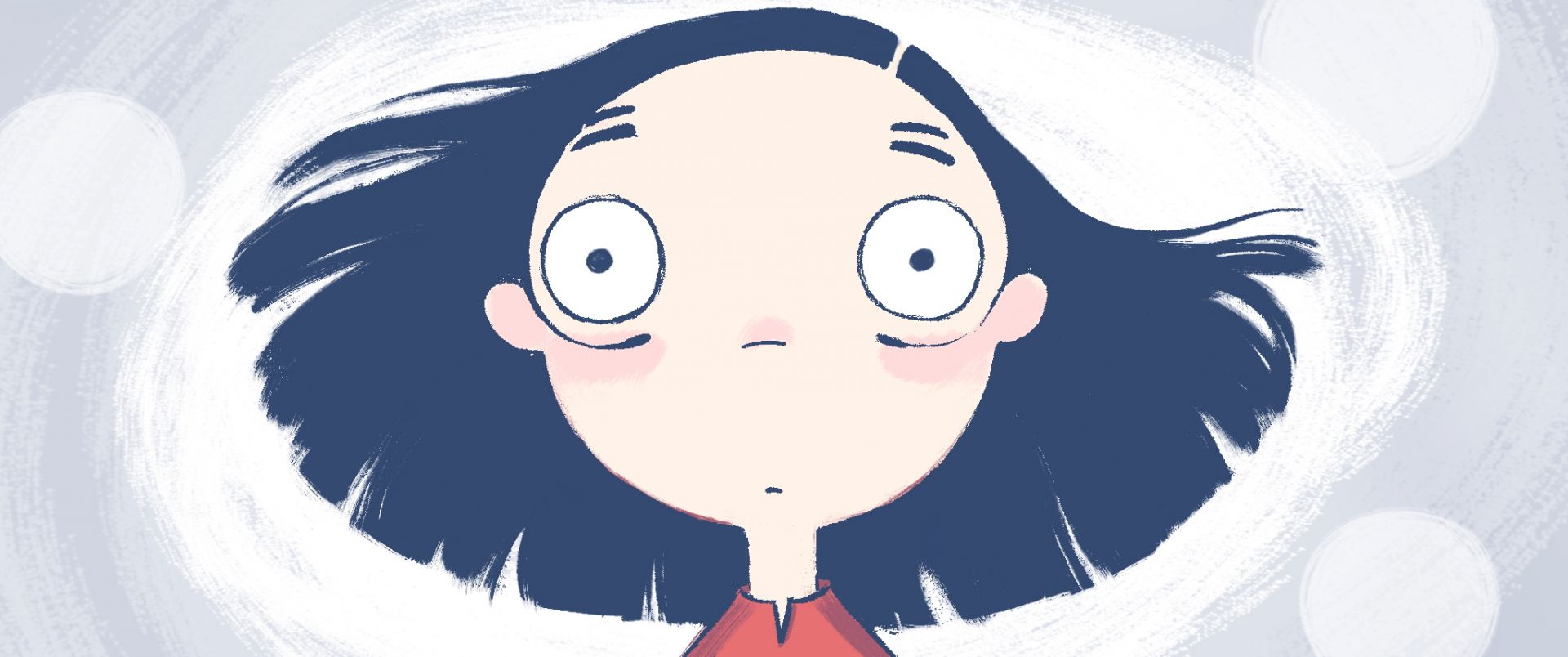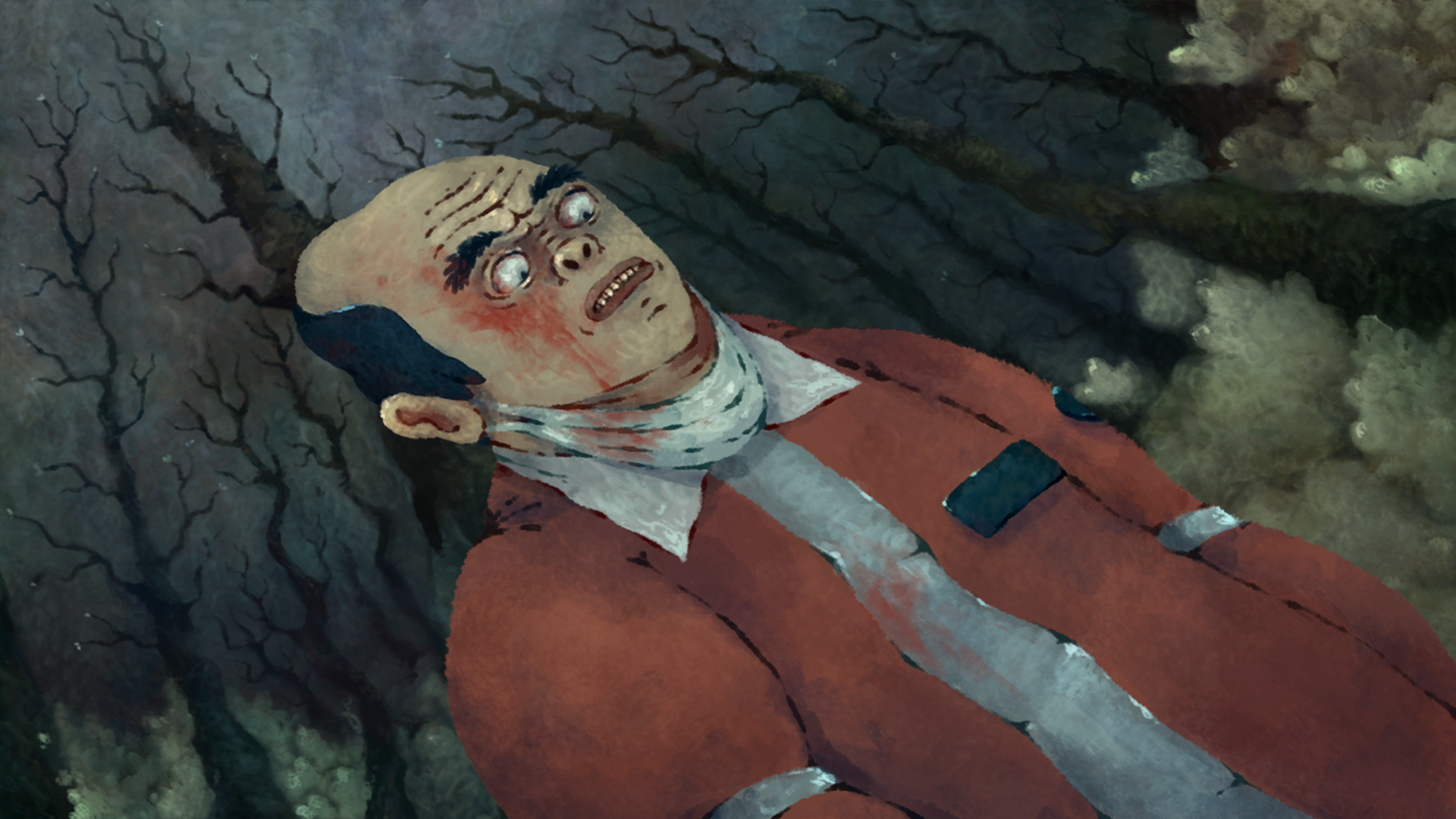
National competition
The national competition program is always an opportunity to see what Ukrainian cinema lives by today. It’s always an opportunity to discover new names and see a broad panorama of films, because not only live action films, but also documentaries, animations and experimental works can take part in the competition.
Ukrainian directors experiment with both documentary footage and live action scripts. Oleksandr Radynskyy (“Circulation”) and Nataliia Ilchuk (“Signs”) suggest that we look at the urban space surrounding us in a new way. It’s just that the scale that they work with is different. Oleksandr focuses on buildings and monuments that have become the moving landscape of Kyiv that you can see from a window of an electric train, and Nataliia combines the usual images of street signs from a Lviv street in an intricate way.
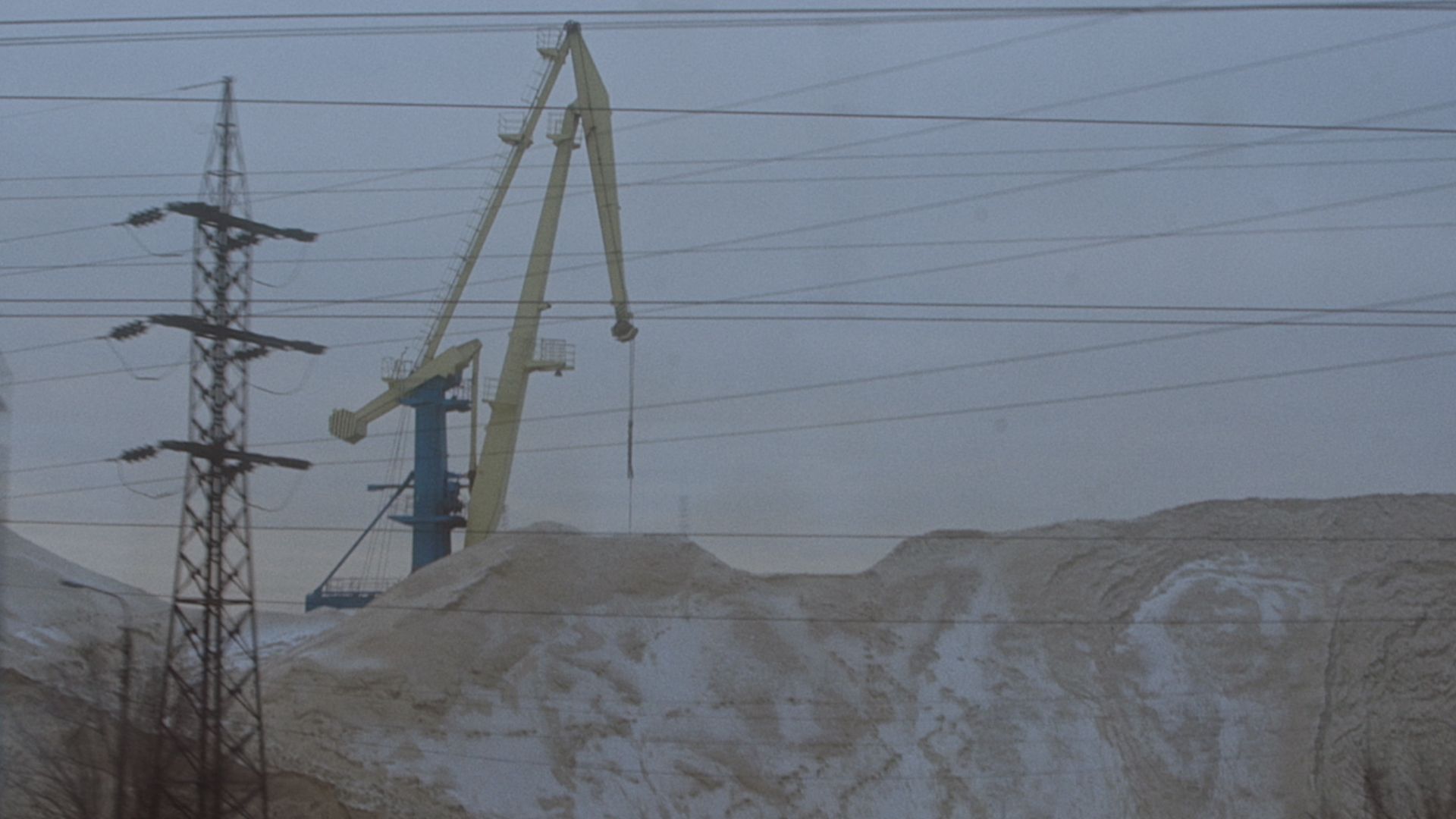
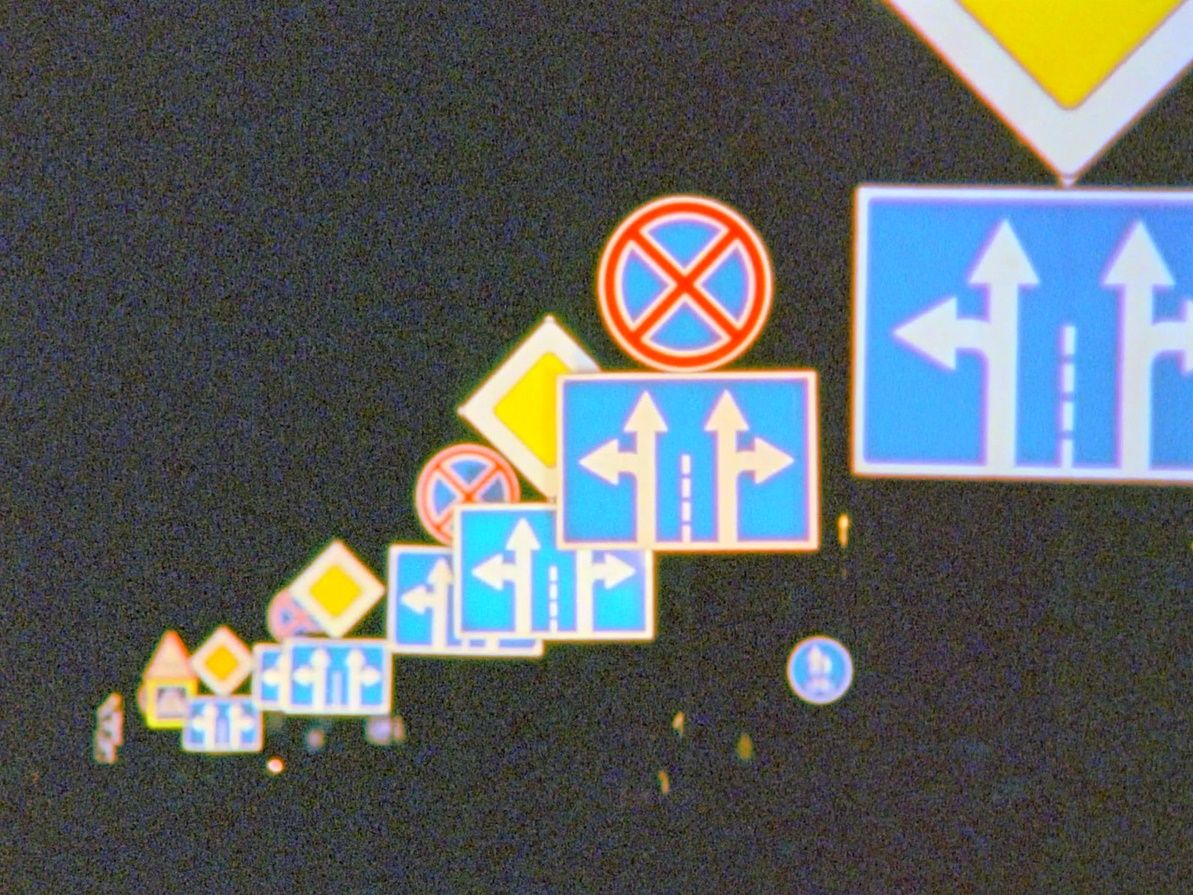
Inanimate objects that the directors give subjectivity to may give us a completely different view on the surrounding reality. In his film “On a way back” Mykola Ridnyy, by documenting the redecoration works in the museum building, gives a chance for the artworks of social realism to make their voice heard. And the author trio of the film “zong” (Elias Parvulesco, Teta Tsybulnyk, Svitlana Pototska) talk about the world looking at the swamp from several points of view.
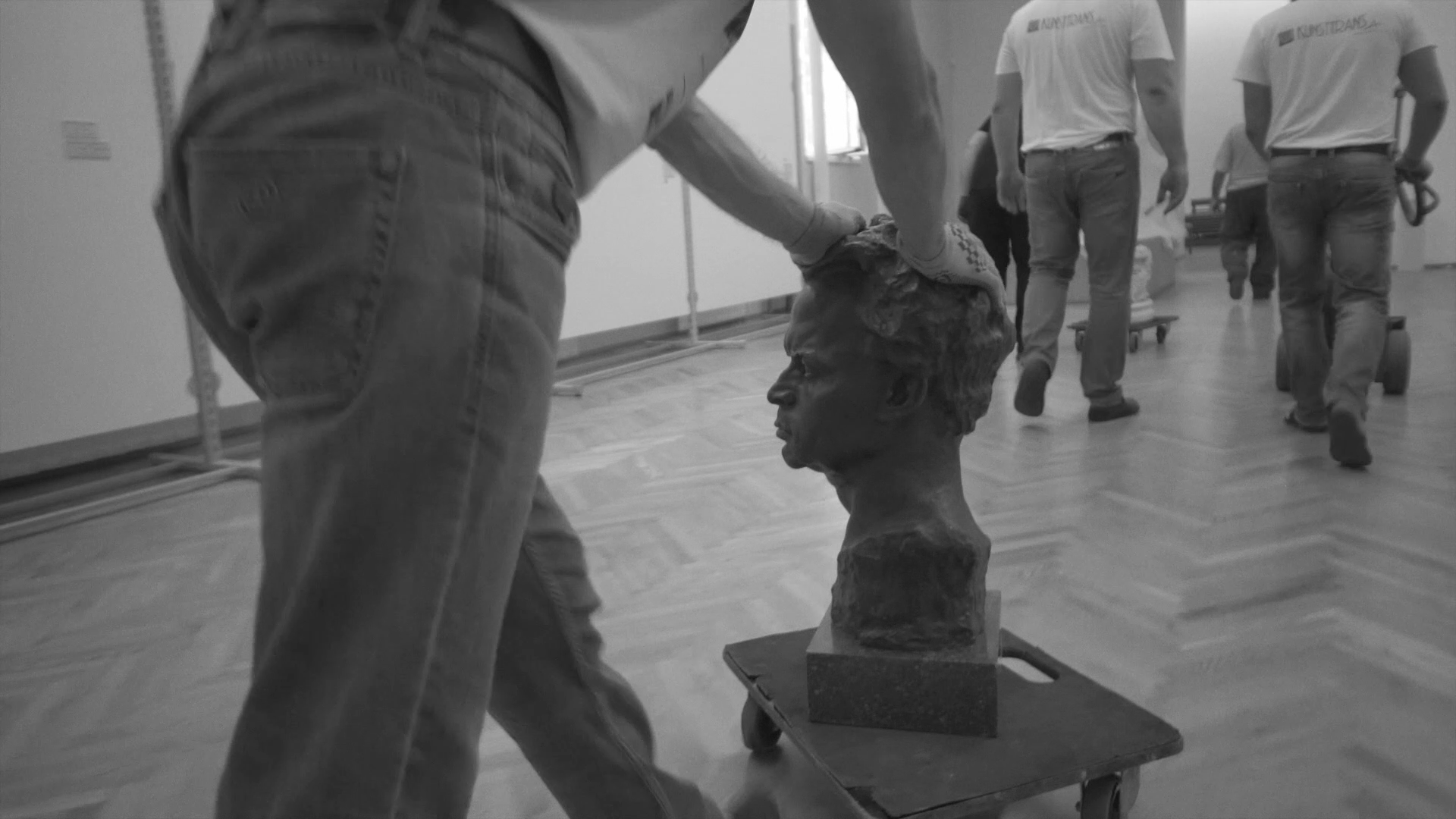
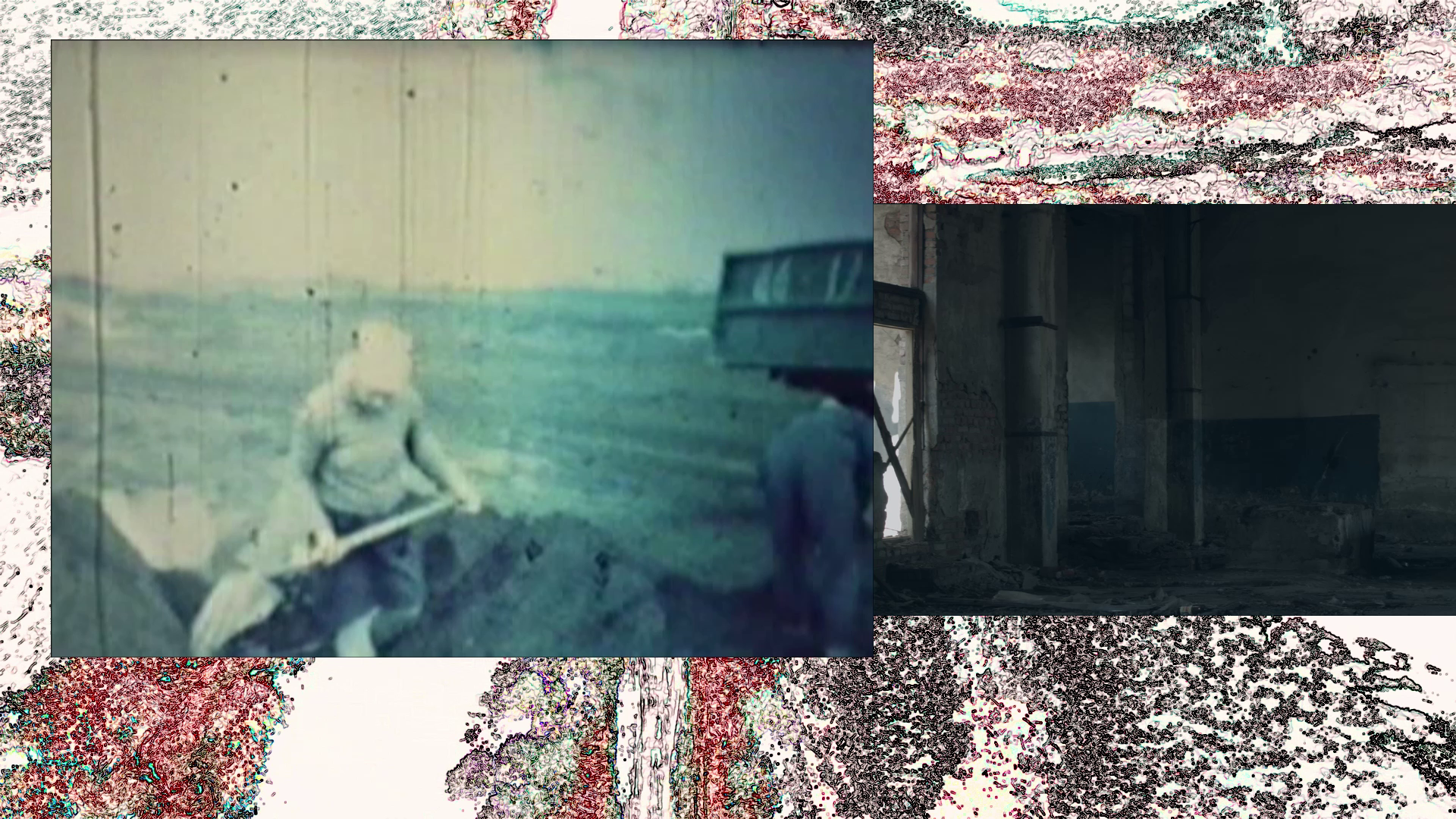
Experiments with form on the basis of live action scripts is what brings the films by Oleksandra Brovchenko (“Little dictator”) and Serhii Nayda (“Supporter”) close. In her film Oleksandra is offering to think about the nature of authoritarianism and its inner absurdity. Sometimes to become a dictator all you need to do is to be absent. Serhii Nayda imbues his journey with Ukrainian present reality, made up of real stories and sci-fi elements (his protagonist is a soldier delivery man from another dimension).
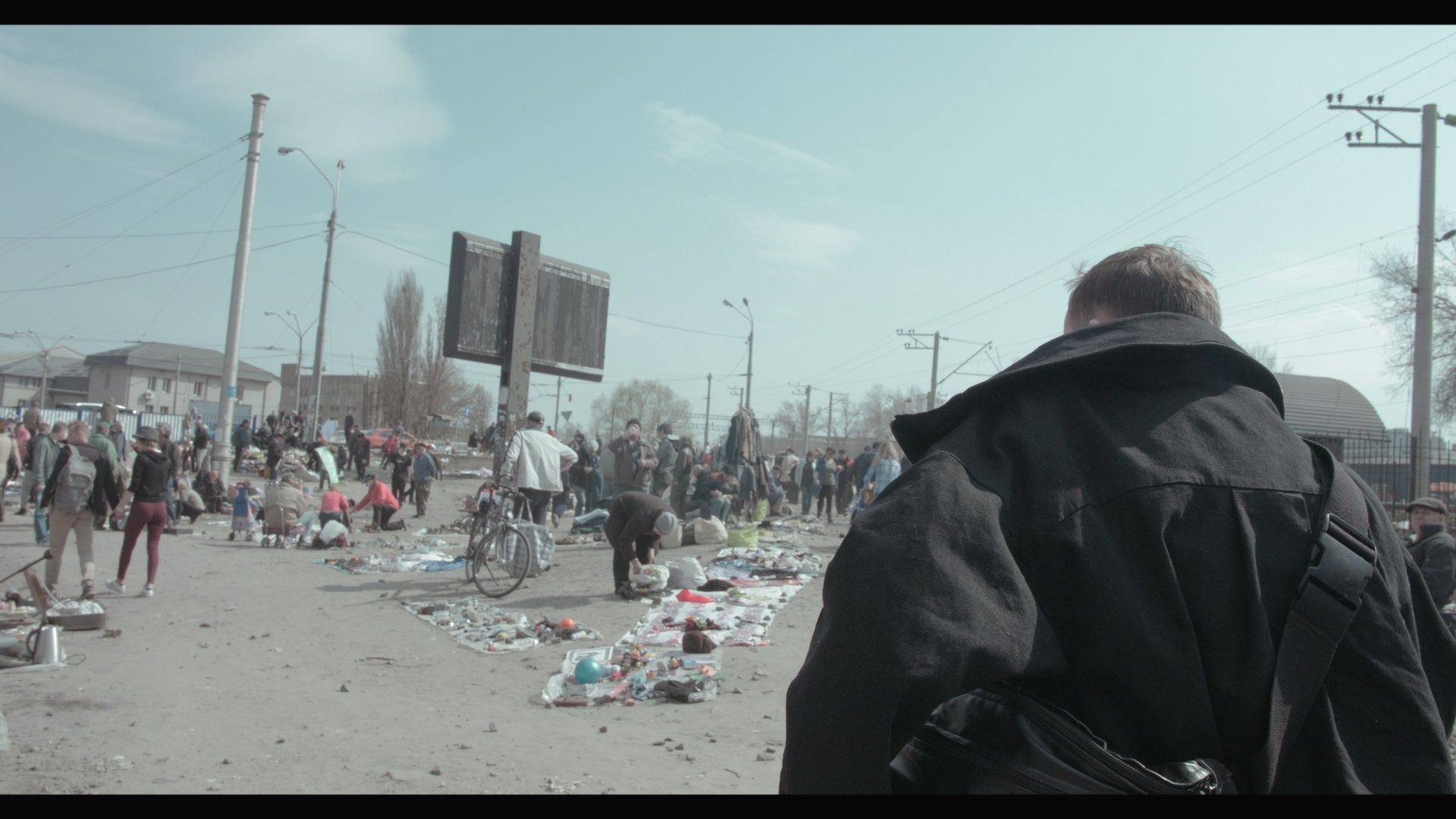
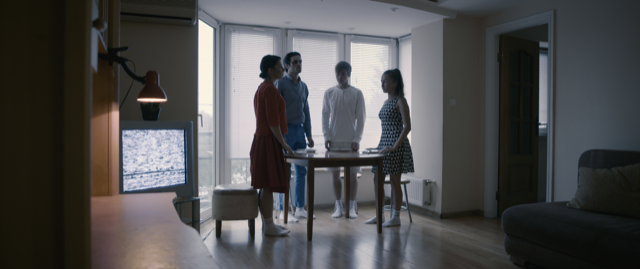
If we look at the films of a more traditional form, we’ll see several films that correspond to a “direct cinema” direction. It’s an approach where the documentary filmmaker is always close to his characters and shoots their lives, remaining invisible. Dmytro Hreshko spent three 24-hour shifts with the ambulance crew during the New Year holidays. That’s how his “Save me, doctor” film was born. And Nastya Kanaryova lived through the experience of a state bureaucratic machine that breaks everyone, with a transgender human rights activist. Her film is titled “Goodbye, Sveta”.
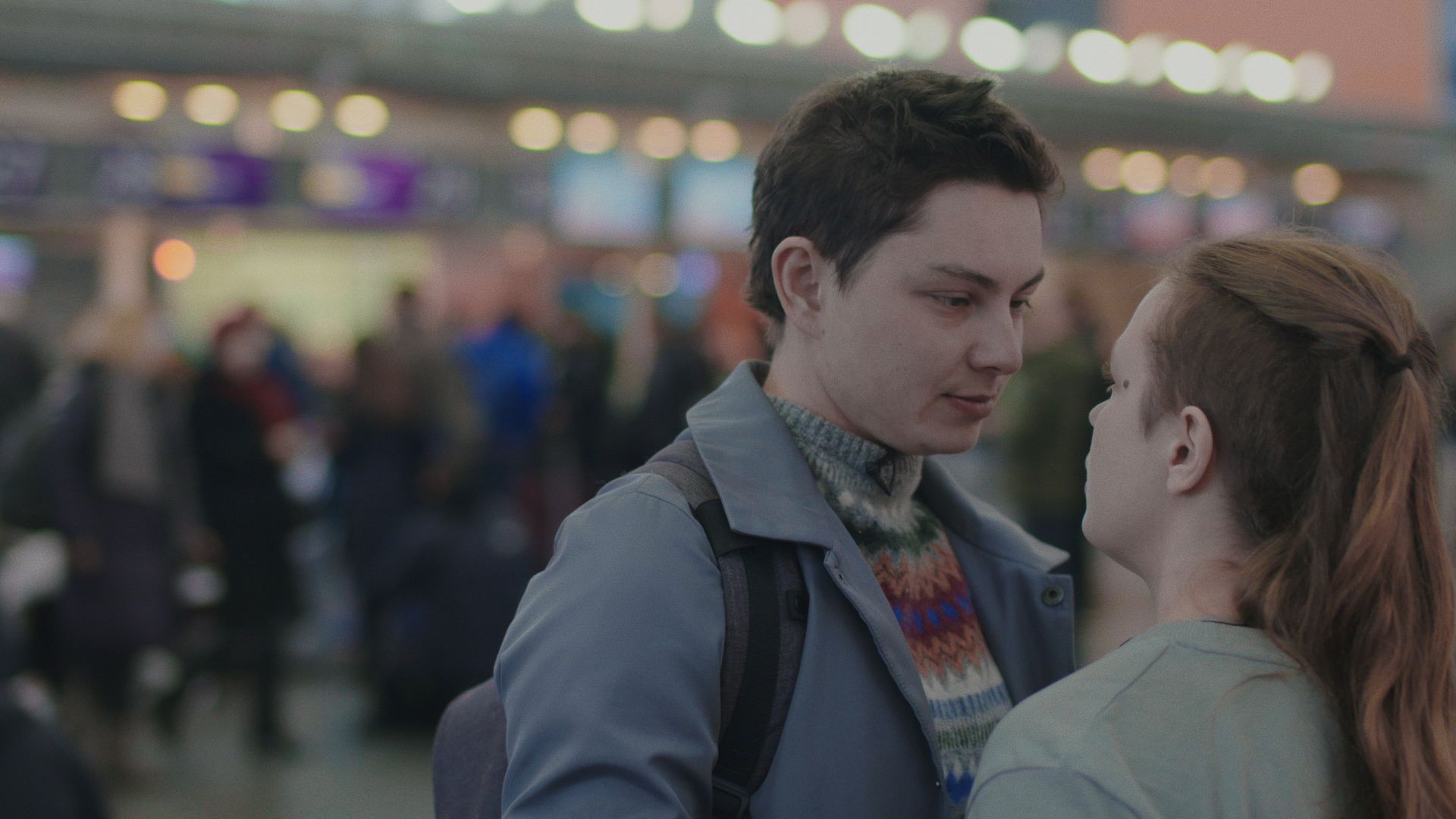
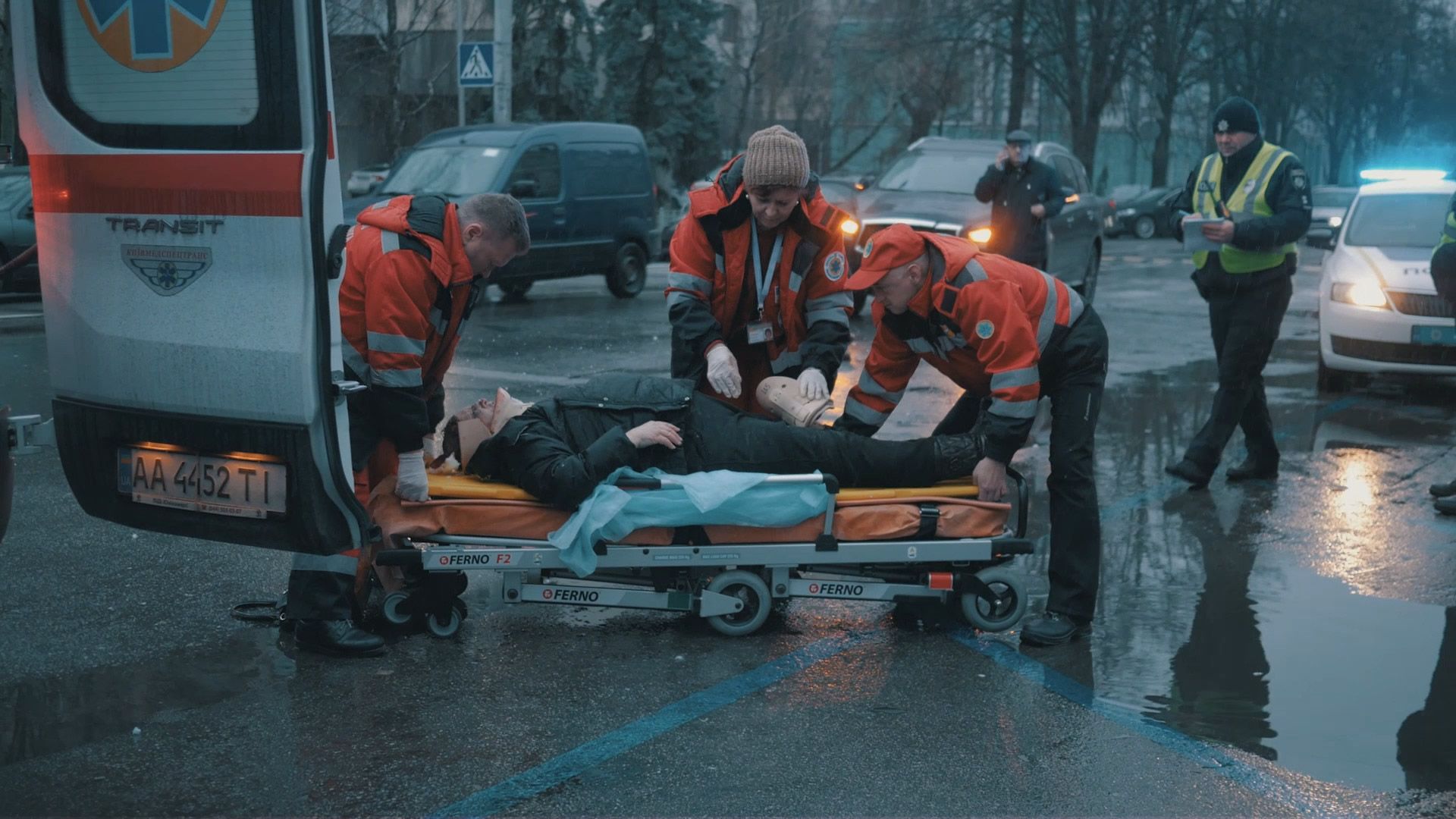
Social issues easily become part of live action cinema, especially taking the current Ukrainian situation into account. The film “Bullmastiff” by Anastasia Bukovska describes it by telling about an ATO veteran who comes back from the combat zone and is trying to return to non-military life. And Viktor Skuratovskyy in his “Bastard” draws his attention to the fragile world of children, and the human essence in each of us.
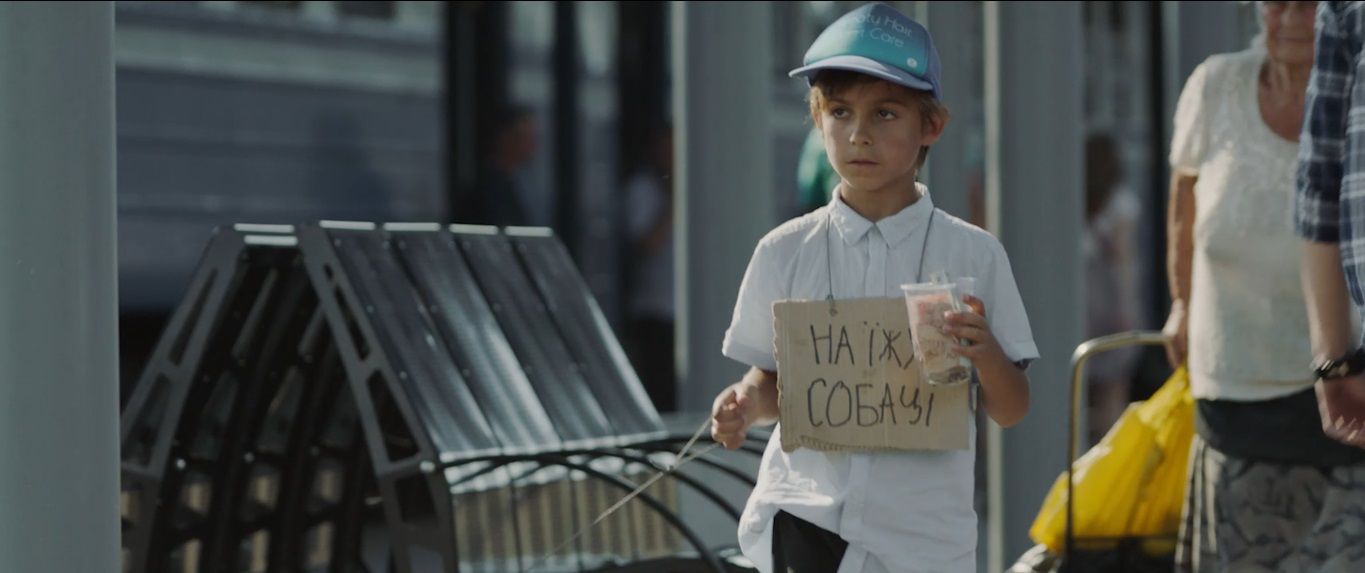
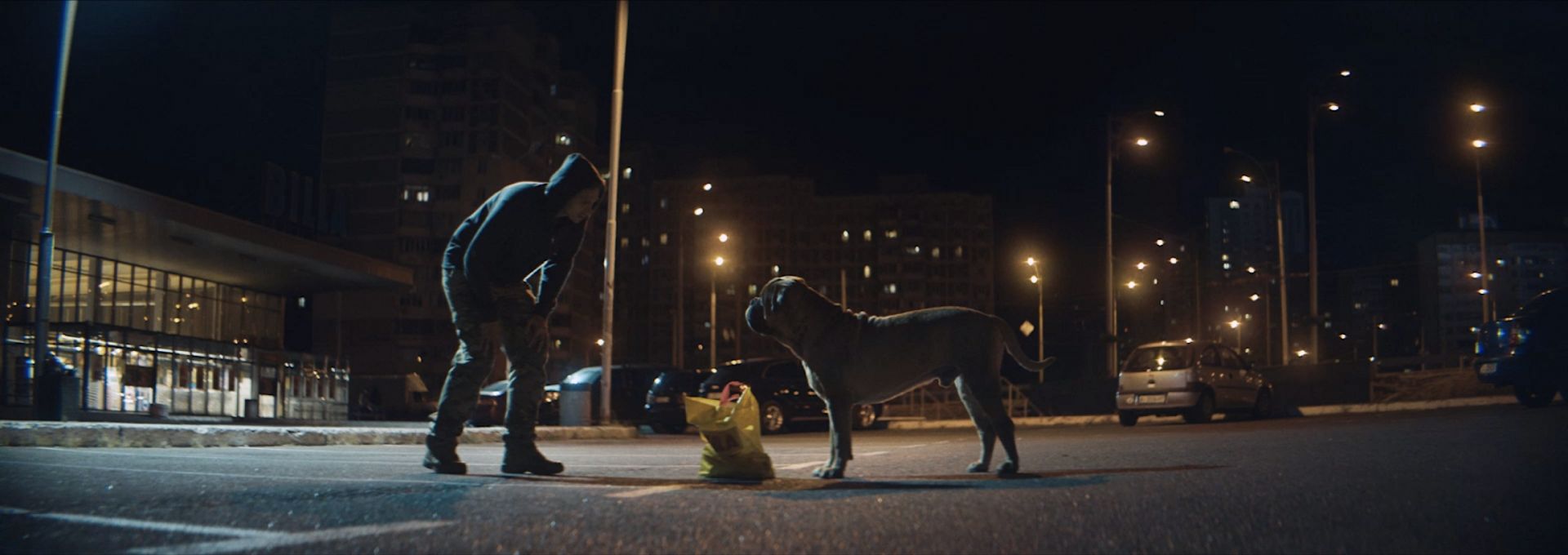
The intertwining of political events of the recent history of Ukraine demonstrated by live action films by Anna Morozova (“Home, sweet home”) and Akhmedi-Ernes Sarykhalil (“Bowling alley”) is also interesting. Anna Morozova’s work is a small scale thriller bordering on a horror film, where an unfamiliar apartment is a place of total danger, while the city is seized by pro-Russian militants. Akhmedi-Ernes Sarykhalil draws attention to another painful point – the Crimea. The events of his film, made as a classic neo-noir with backlight and contrasting shadows, unfold after the occupation of the peninsula, where the protagonist continues to hang leaflets in the Crimean Tatar language on the walls.
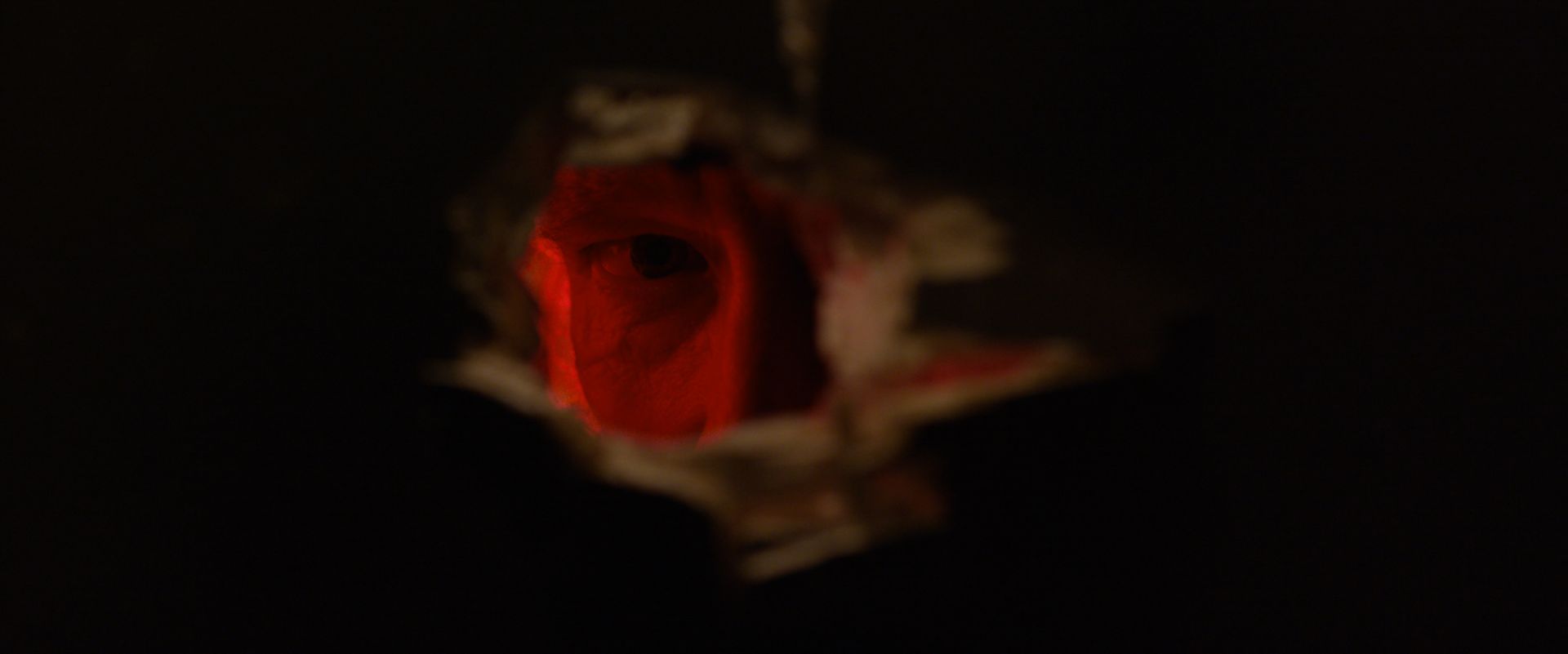

We should also note the way Ukrainian directors address the topic of the family. “Maternité” by Nataliia Ilchuk raises the taboo topic of mother’s exhaustion while raising her own children. The directress chooses a very objective, specific documentary language with a minimum of words for her film. Gayane Dzhiganyan (“Monologue. One”) and Oleksandr Chernobay (“Not home”) also talk about the problems in communication with the family. Moreover, both directors, despite different cinema languages, tell the stories that show parents as either alien people metaphysically, or direct enemies.
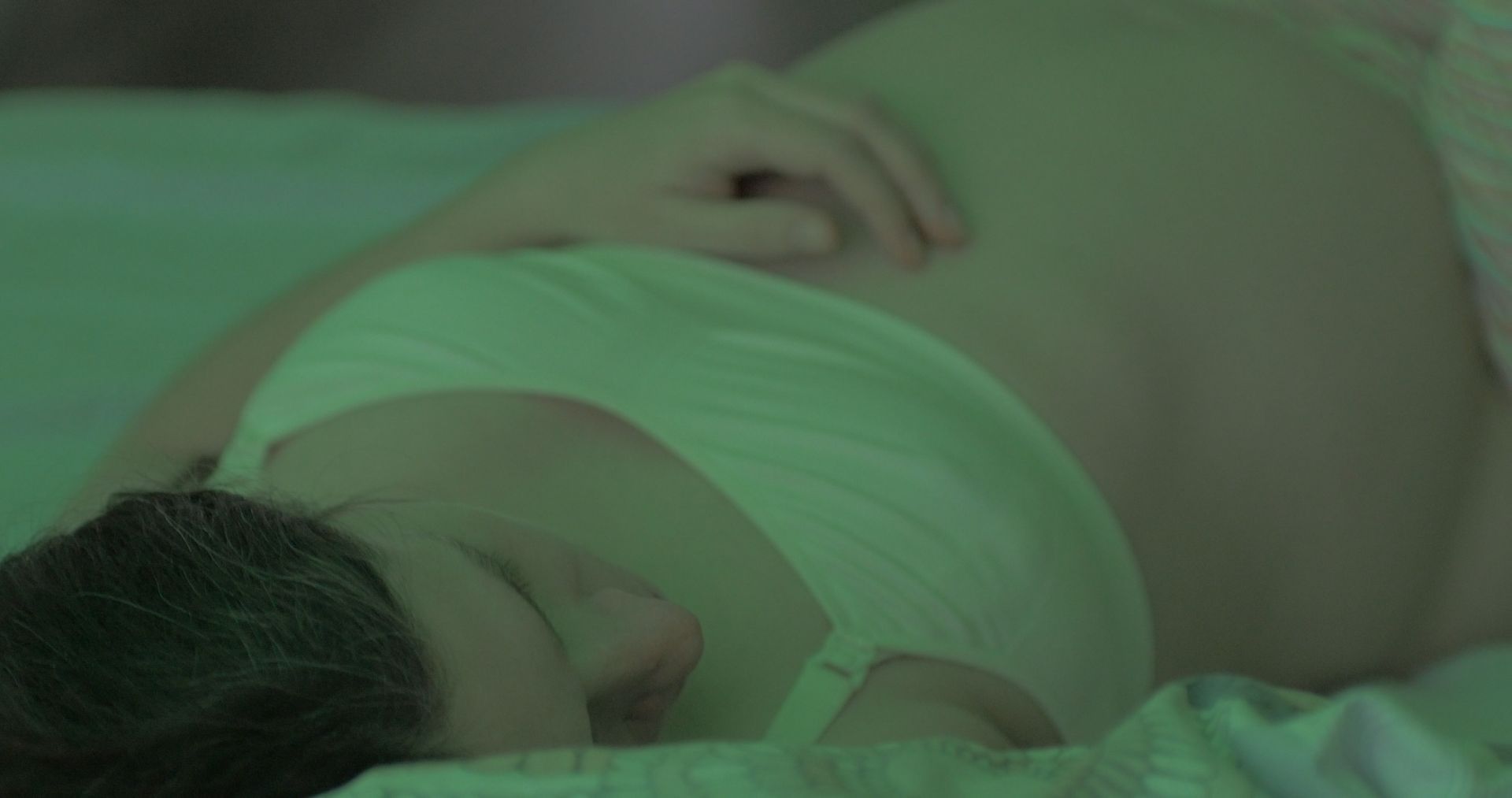
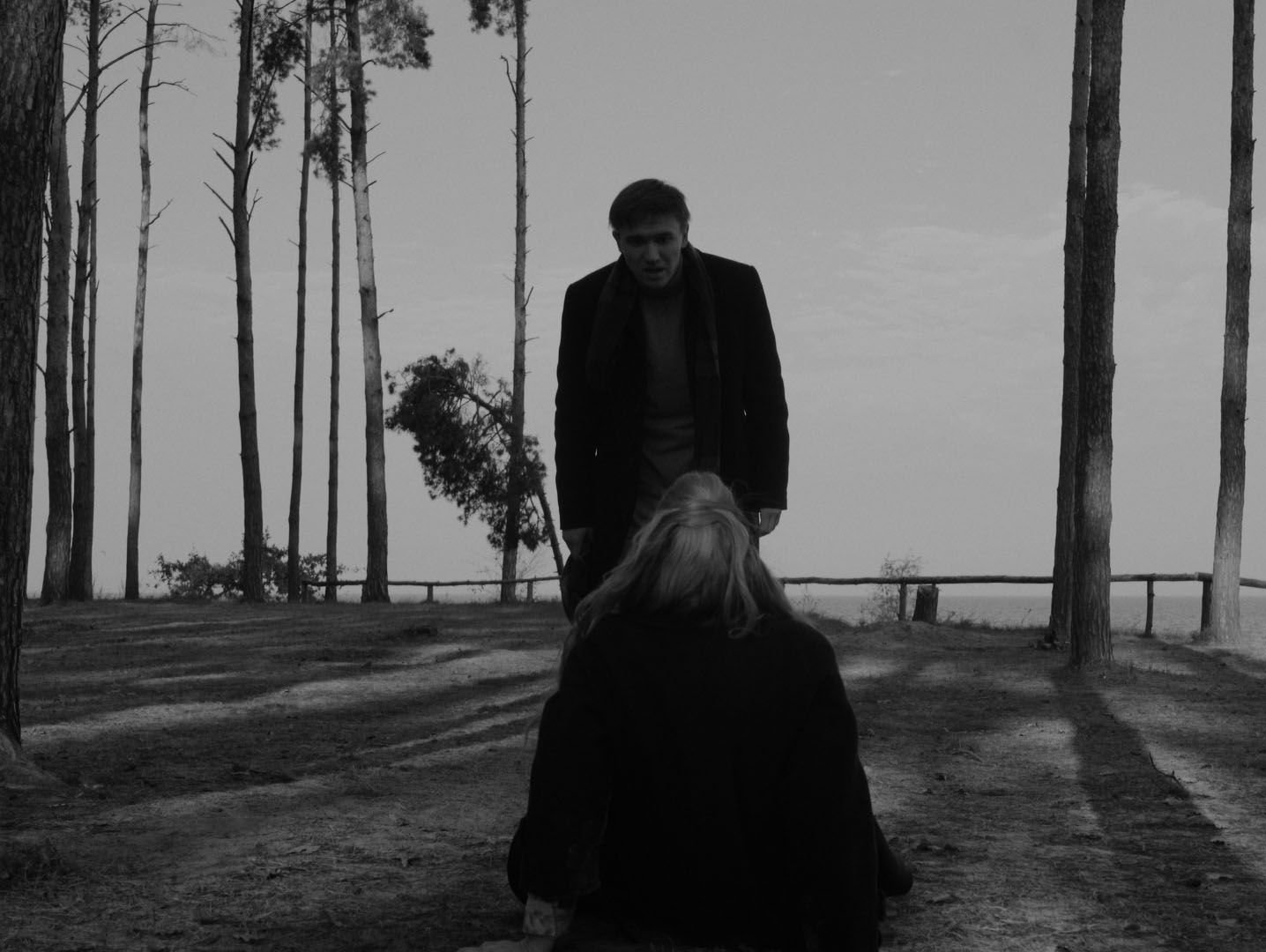
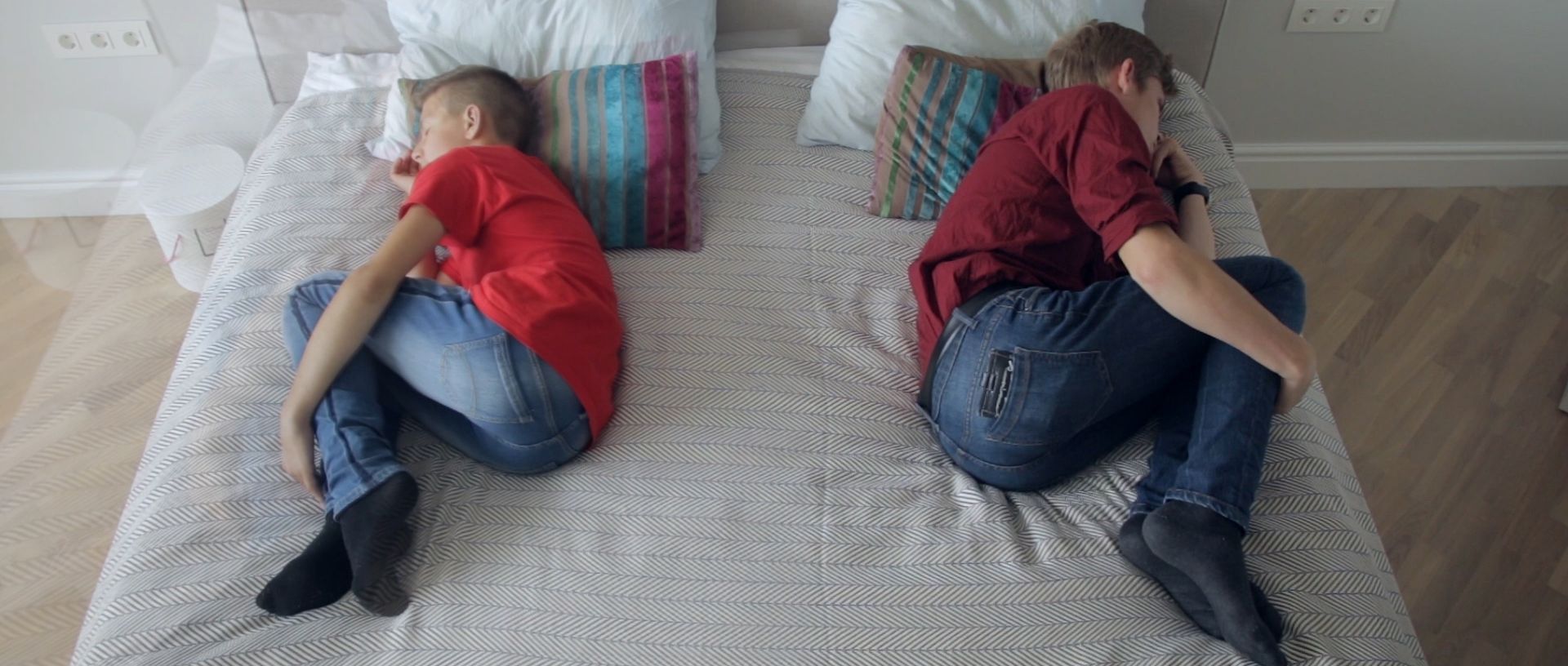
Of course, stories about youngsters need to be at Molodist festival too, hence the title (meaning “youth” in Ukrainian). There are plenty. Even more, the topic of youth, despite the overall feeling of being lost in a mature life, is manifested in the competition films in multiple ways. “Run Away” by Andriy Kokura tells about teenage friendship in a crisis situation of running away from home. “The Life of a Lazy Rower” by Roman Kologoyda draws attention to a person who remains infantile in the face of the difficulties of the world around them. And Yevhen Koshyn’s “We’ll Never Get Lost Together Again” takes this mood of confusion and develops it into a story of an eccentric meeting somewhere in the south of the country, which can become something more than a coincidence.
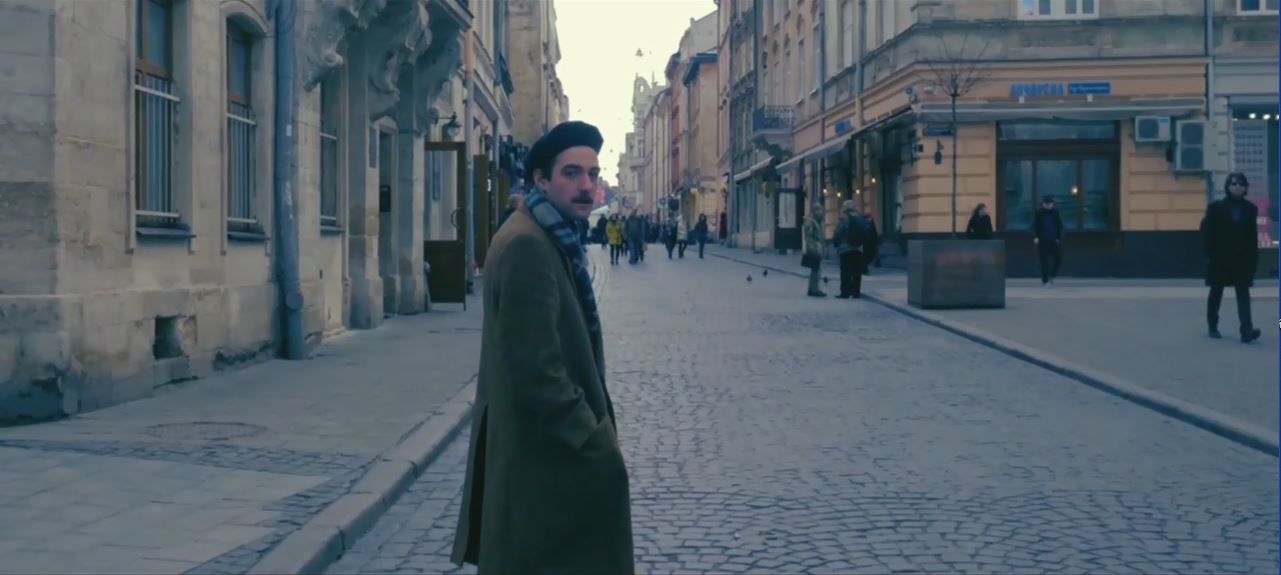
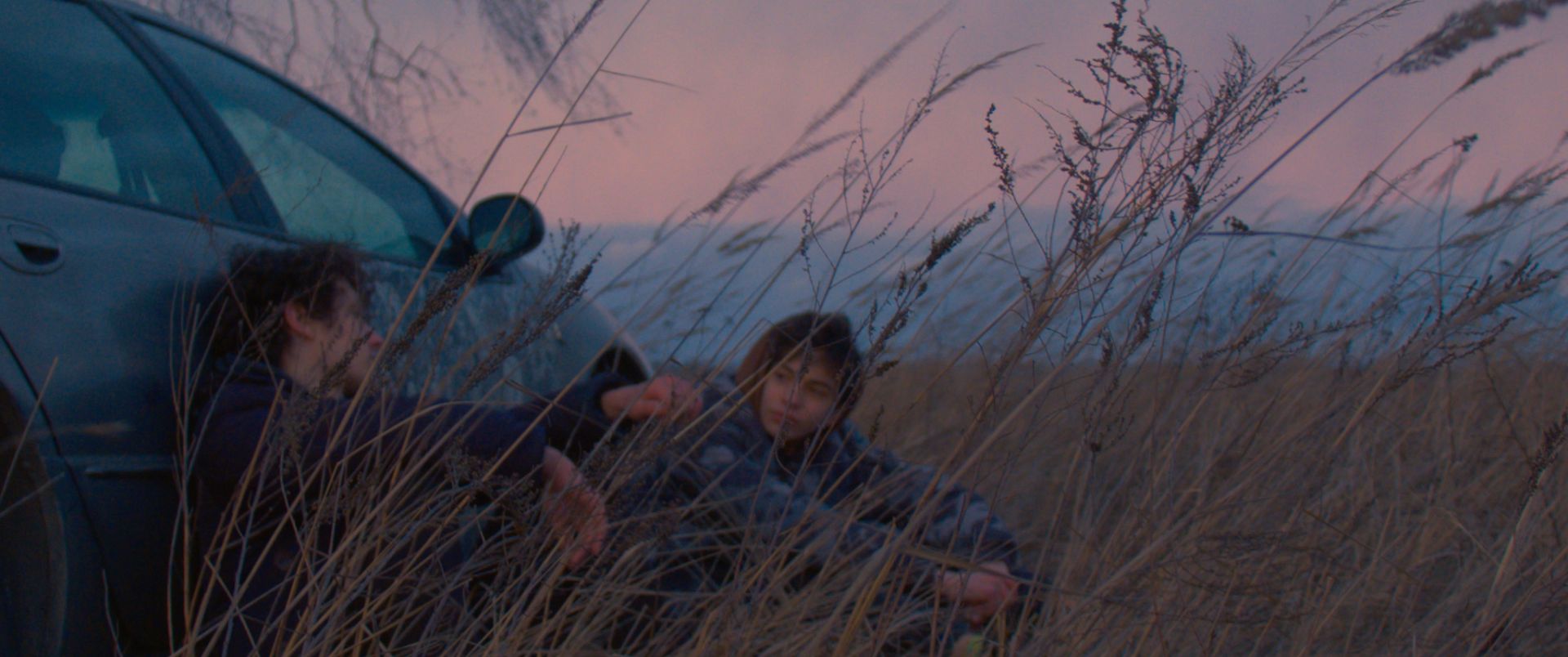
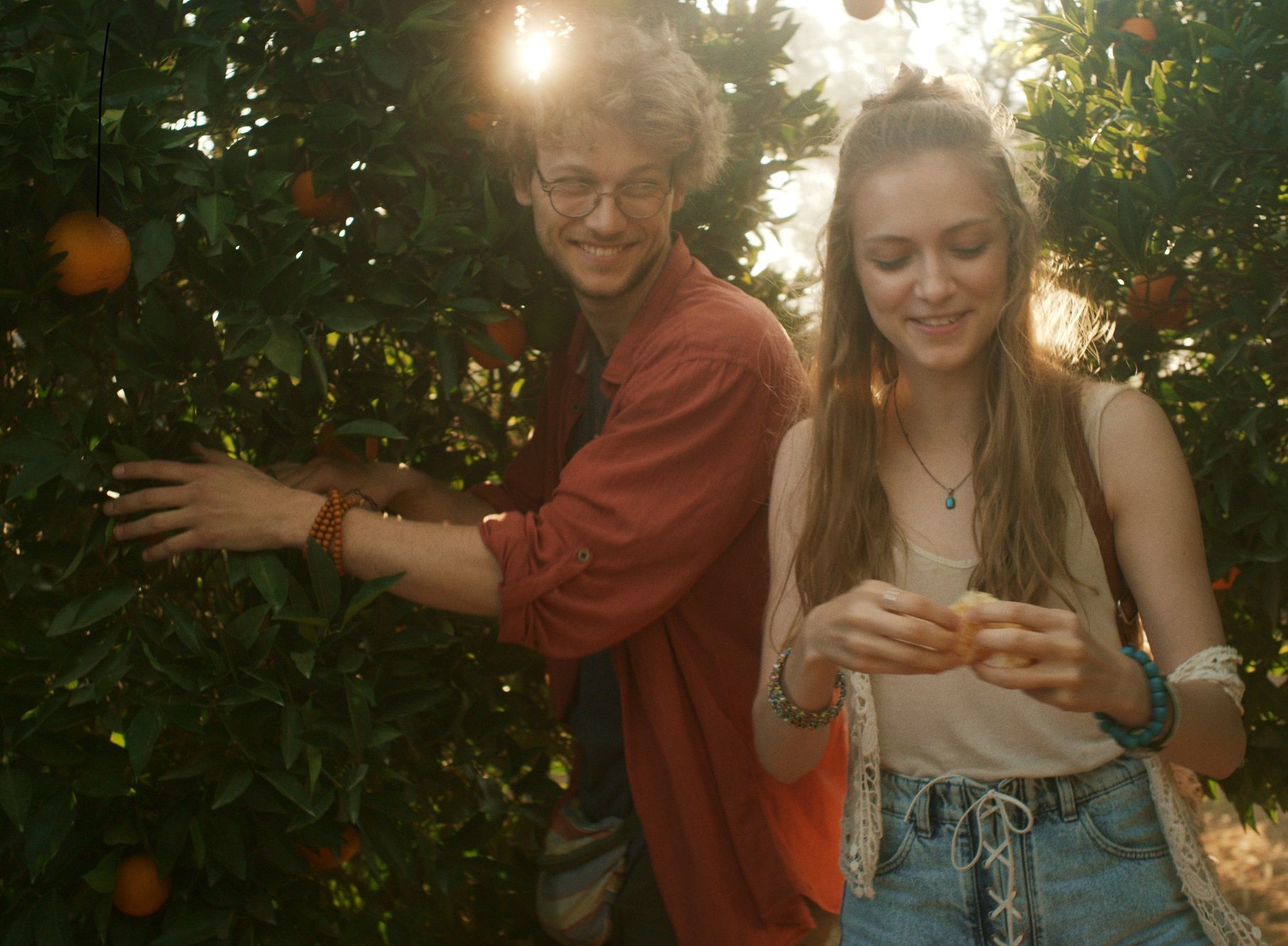
And if we’ve already raised the issue of the geography of Ukrainian cinema, it’s worth mentioning two films that take place in the west of the country. A documentary “Thus they will sing” by Diana Horban’ and Anna Yutchenko is a collage picture of Western Ukrainian songs, and live action film “Cache” by Oksana Voytenko shows a small scale historical drama in which a small unit of the Ukrainian Insurgent Army opposes the totalitarian Soviet structure represented by the NKVD.
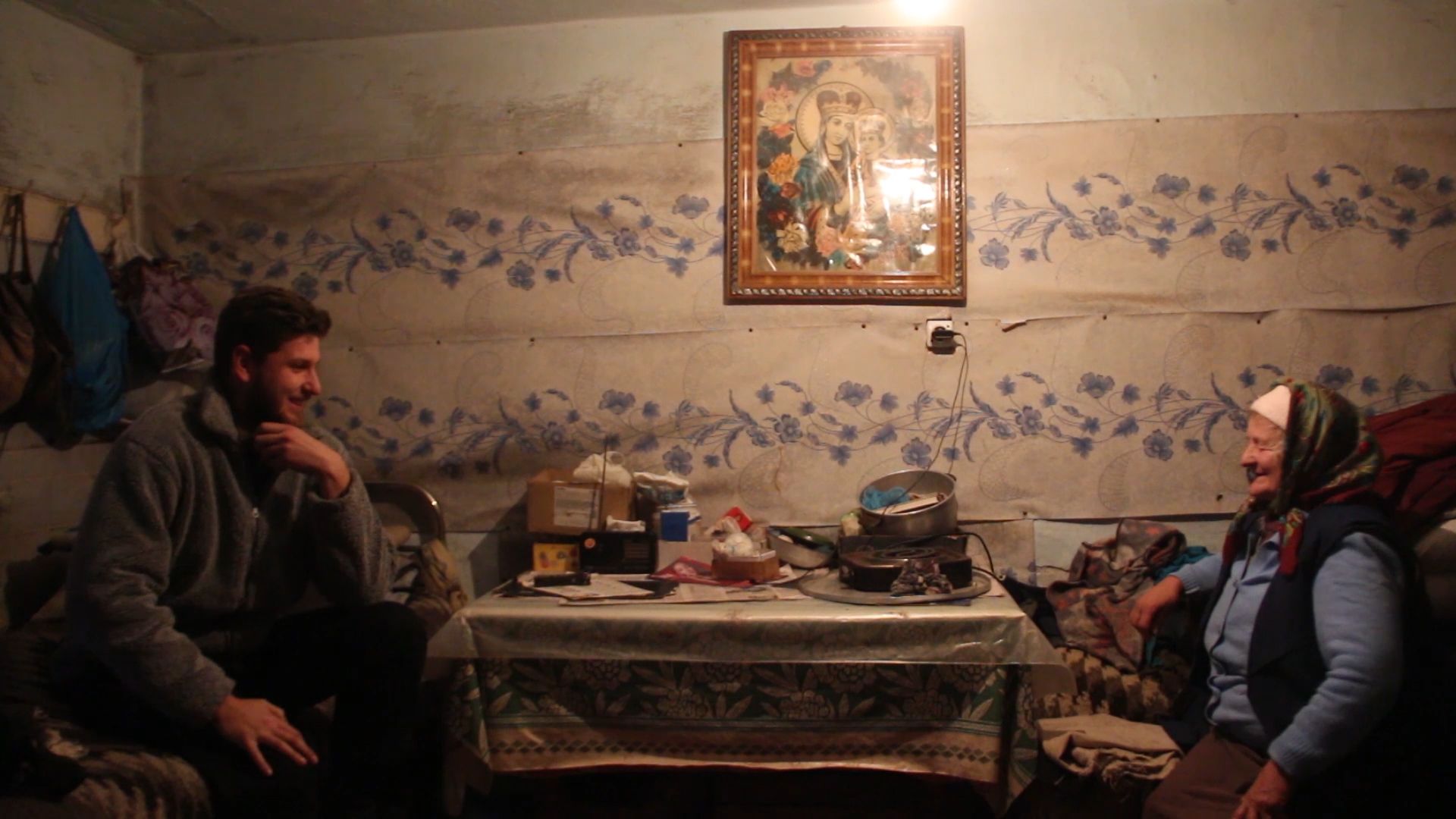
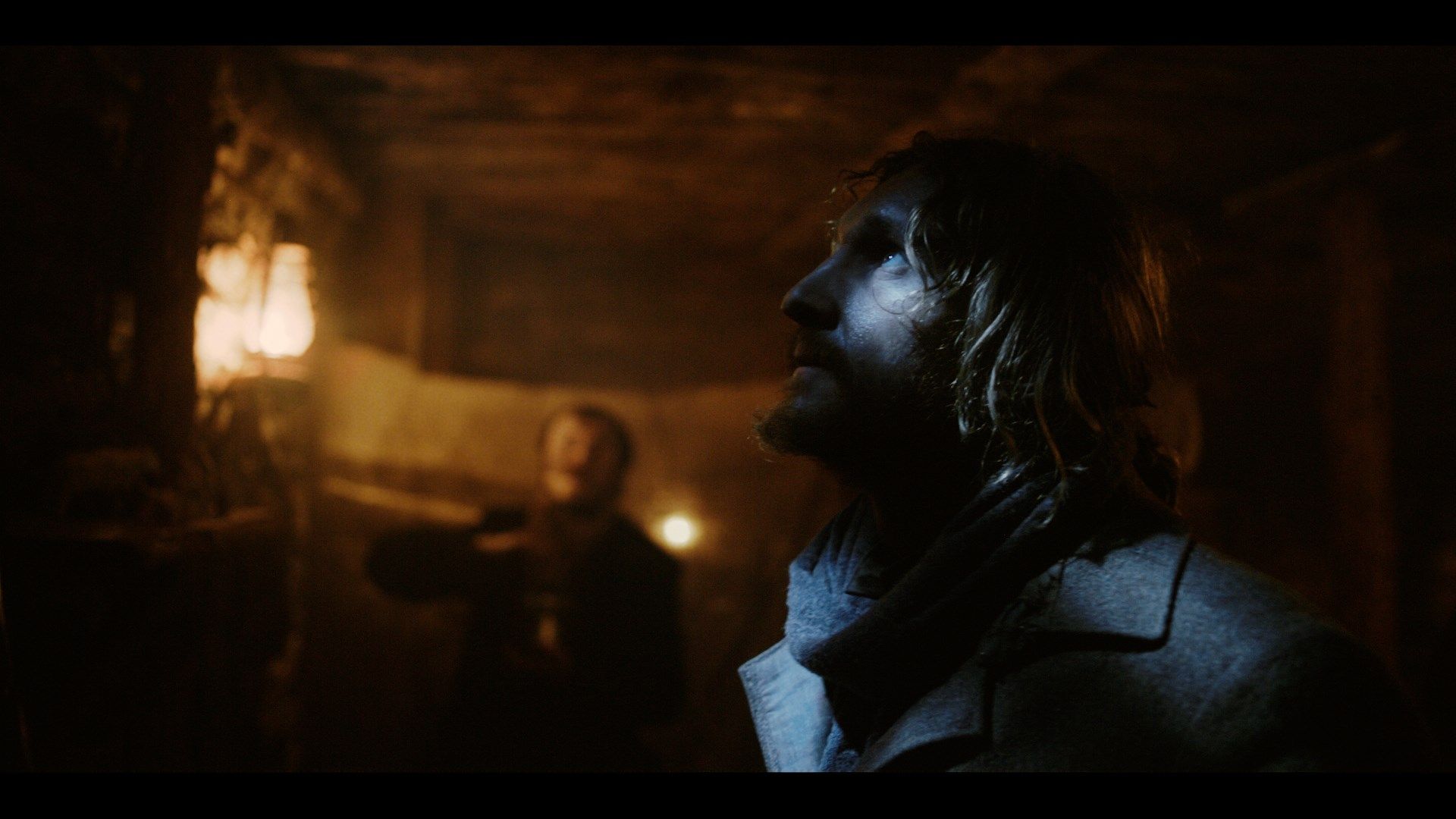
Sometimes Molodist not only discovers new names in cinema, but rediscovers already familiar artists as relatively young directors. Olena Yankovska who is mostly known as a photographer and model made a film “I’m here” that raises a topic of the afterlife. And Dasha Volga, a famous actress, makes her debut with the film “Water”, which she describes as the story of Romeo and Juliet that did not develop due to external obstacles and internal contradictions.
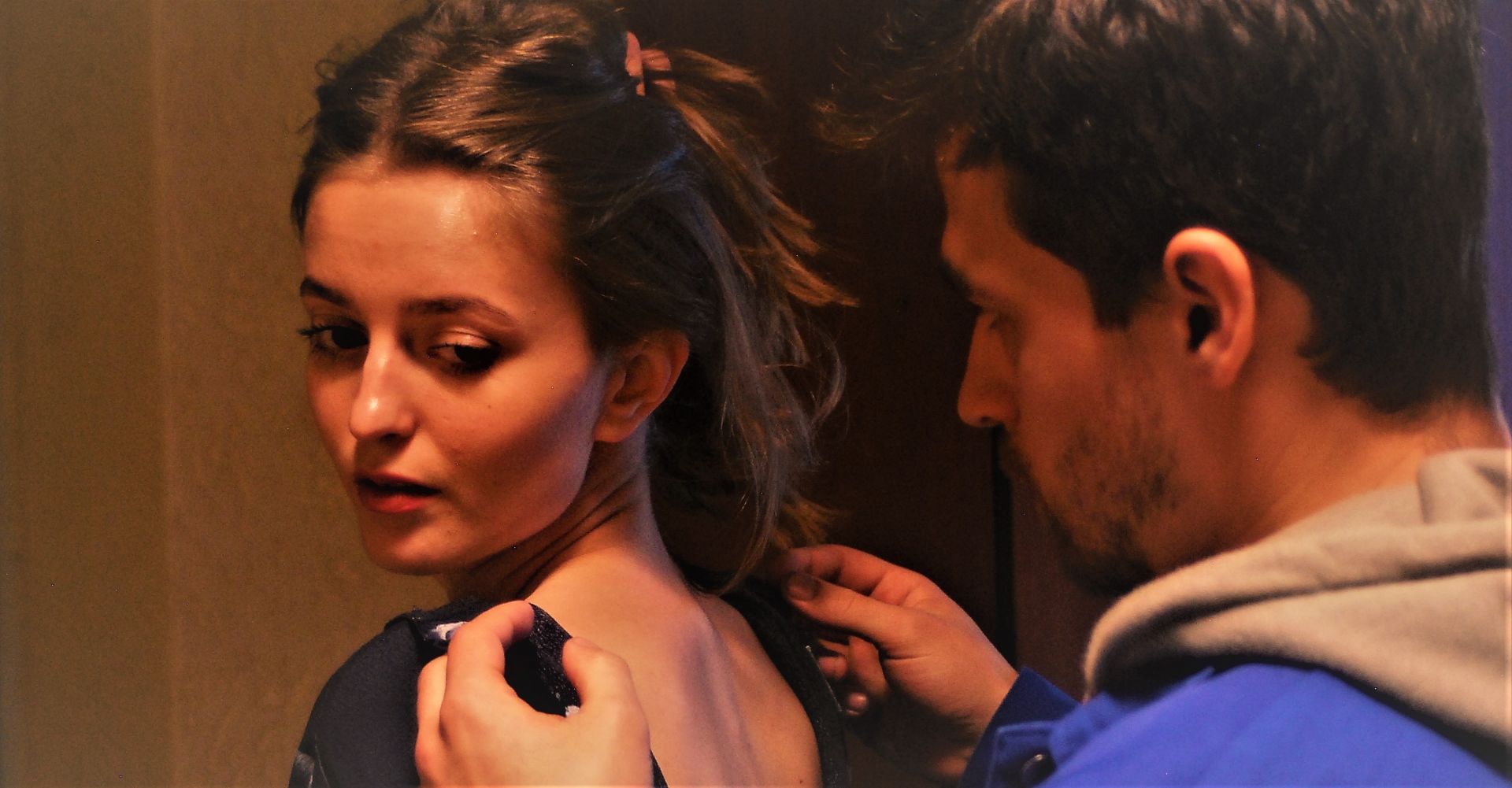
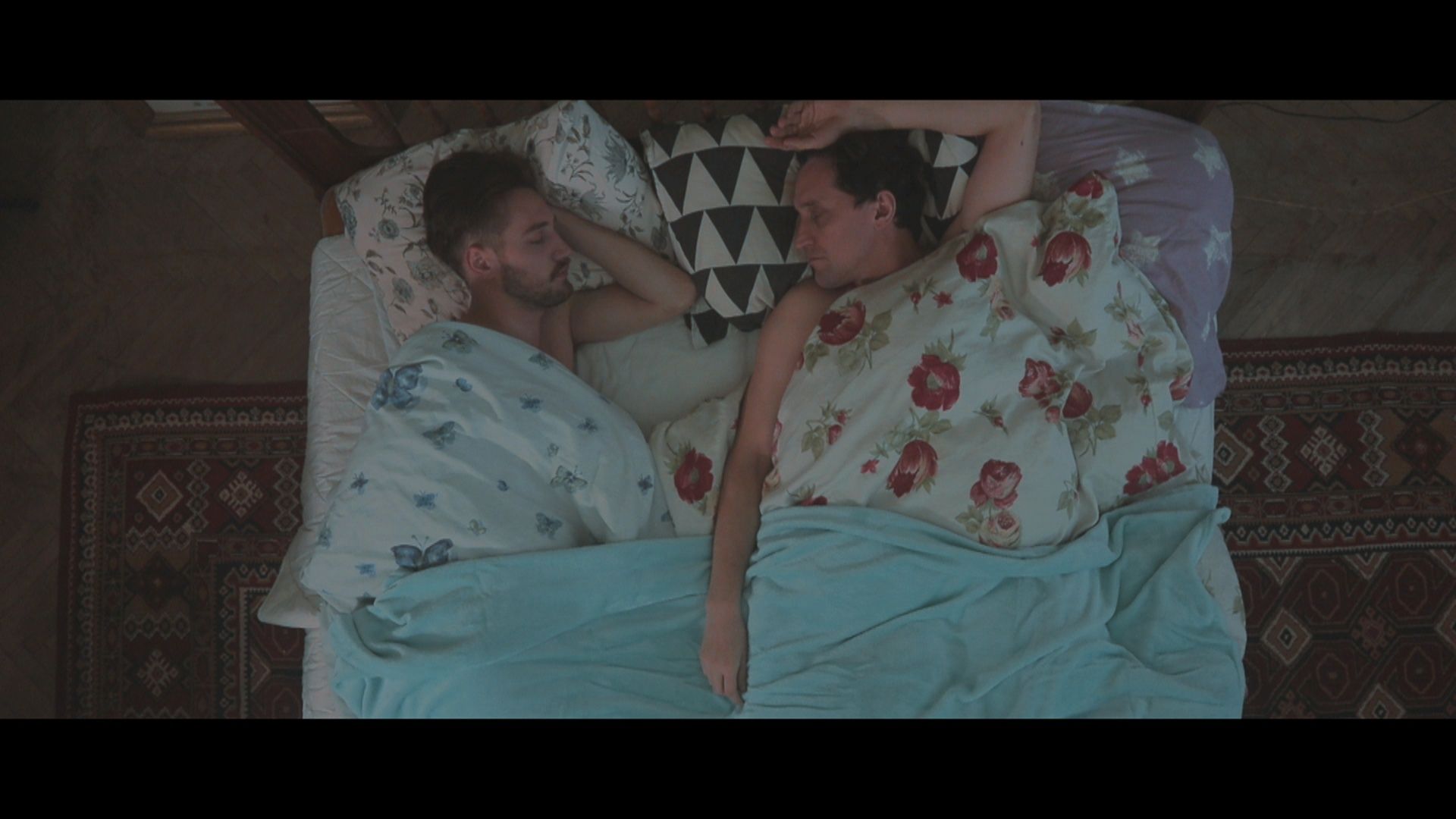
And certainly, the animated films are equally deserving of our attention. This year's national program features two of them. “The Surrogate” by Stas Santimov is a stylized hand-drawn animation in which the recognizable topoi of post-Soviet reality collide with the alien. Anna Dudko’s “Here by herself”, on the contrary, tells a very short story. In her film a girl loses her mother on an unfamiliar street, so get ready for a spatial representation of children’s fear.
